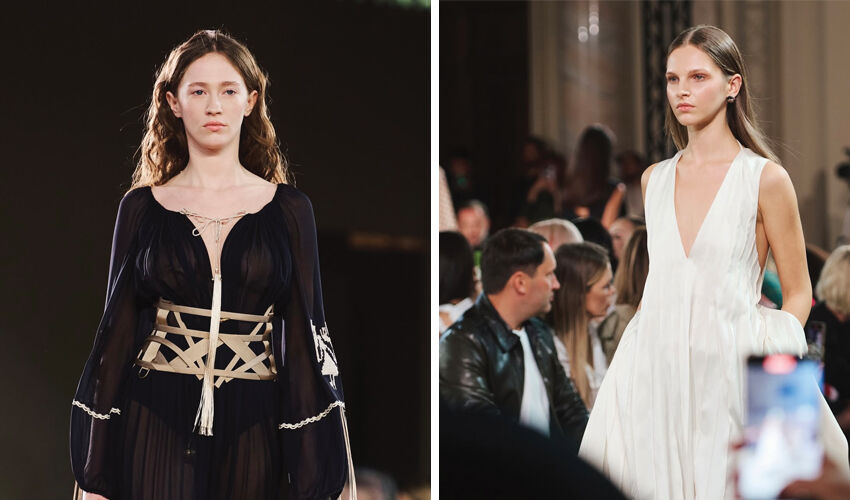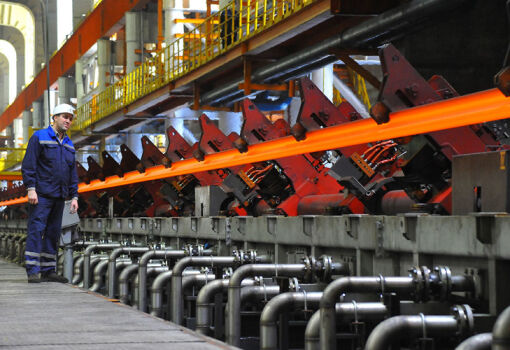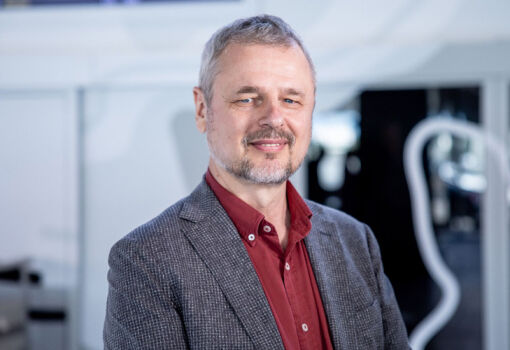
The event became a business platform for fashion brands, investors, buyers and industry representatives. Fashion Week combines shows, professional conferences and business contacts, creating a space for contracts and new projects. Such events shape the image of the city, stimulate the development of local services and strengthen the creative economy of the region. For businesses, participation in such a platform is an increase in international brand visibility, access to investors, and an opportunity to expand beyond the local market.
This year Moldova was given special attention. The first day of the fashion week opened with the Moldovan Collective show, which included designers Katea Gri, Valentina Vidrașcu, L.Storojuc, RXQUETTE, Yulia Efros and Ok Kino. For each of these brands, participation in Bucharest Fashion Week was an important step towards international recognition. The show emphasized that Moldovan fashion is forming its own style – modern, quality-oriented, local traditions and sustainable production.
The collective format gave the opportunity to present Moldovan fashion as a holistic phenomenon. Valentina Vidrașcu and Yulia Efros reinterpreted artisanal traditions in a modern way; Katea Gri, RXQUETTE, L.Storojuc and Ok Kino focused on minimalism and architectural cuts. Despite the stylistic differences, all the collections were united by the desire for international competitiveness and visual integrity. It was this diversity that made the Moldovan show one of the most discussed events of the first half of the week.
For Moldovan fashion, such participation has practical significance. Stepping on the catwalk in Bucharest opened access to a professional network: producers, PR-agents and potential investors. This appearance not only strengthened the country’s image as a source of author’s design, but also demonstrated the potential of Moldovan fashion in the context of export opportunities. The organizers of the week noted that the participation of designers from Moldova was “a vivid example of integration and growth of professional standards in Eastern Europe”.
In the following days, designers from Romania, Italy, Ukraine and Georgia, including Romeo Gigli, Carmen Secăreanu, Ksenia Schnaider and M. Marquise, presented their collections on the catwalks of Bucharest. The program included capsule collections and art performances, as well as business formats like the Sustainability Dinner by Mercedes-Benz, where sustainable production and eco-friendly materials were discussed. The final day ended with a pop-up fair and archive sales, emphasizing the commercial side of the fashion week.
Mercedes-Benz Bucharest Fashion Week showed that Eastern Europe is forming its own fashion ecosystem, where creativity becomes an economic factor. For Romania, the event strengthened the status of the new fashion capital of the region, and for Moldova it was a chance for international integration.
Against the backdrop of global change, where the focus is shifting to sustainability, local production and cultural authenticity, Moldovan designers were in the right place at the right time. Their participation in Mercedes-Benz Bucharest Fashion Week was not only a cultural event, but also an economic signal: Moldova’s creative industries have the potential to become one of the drivers of regional development.









